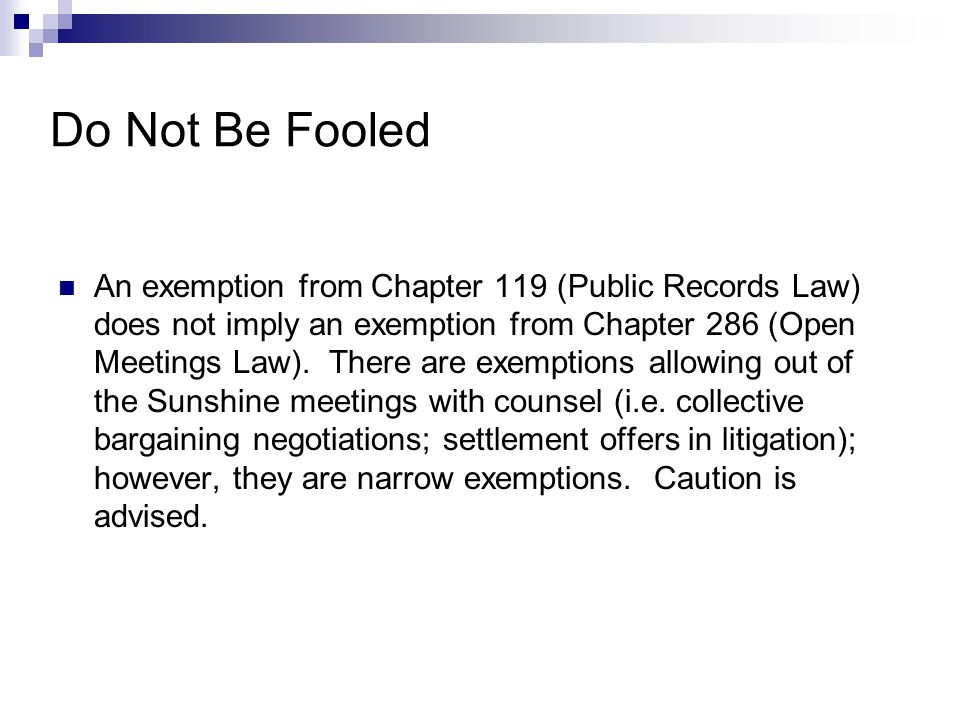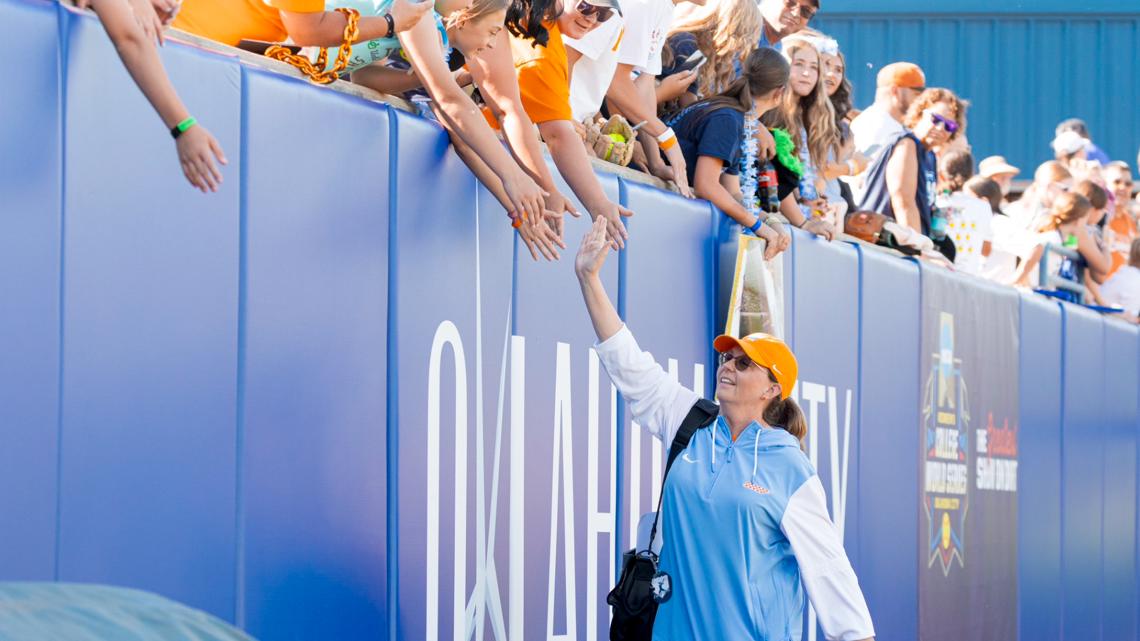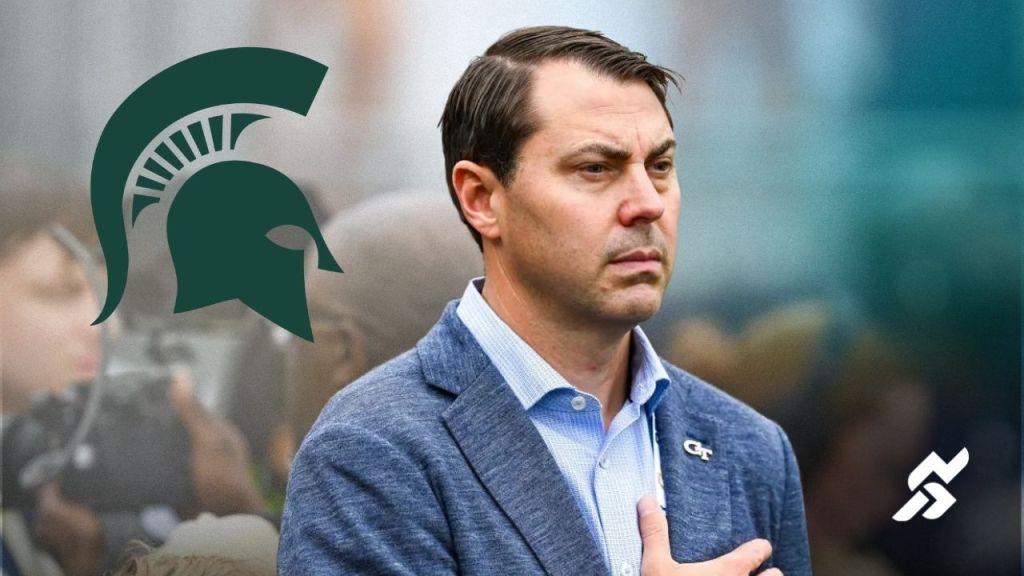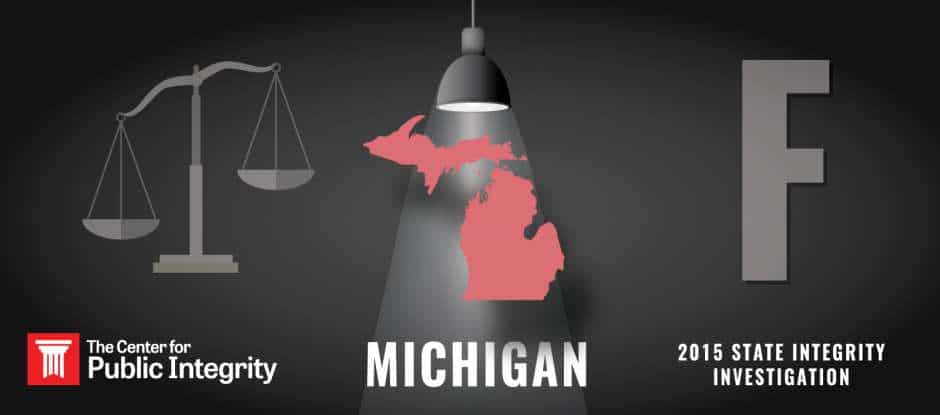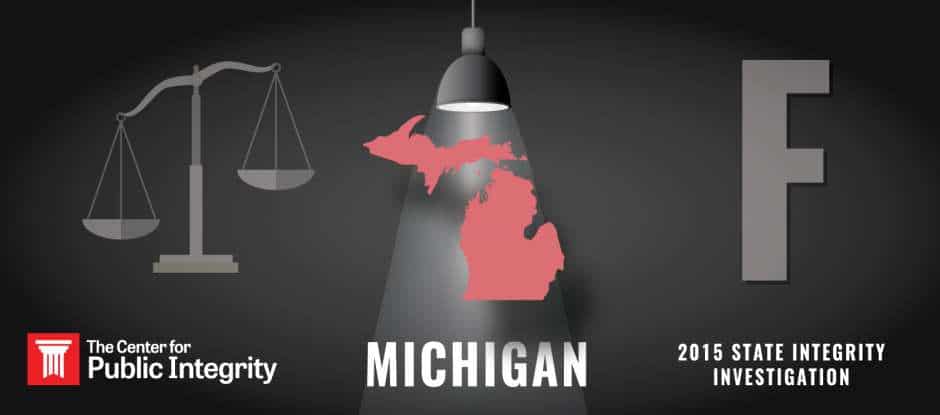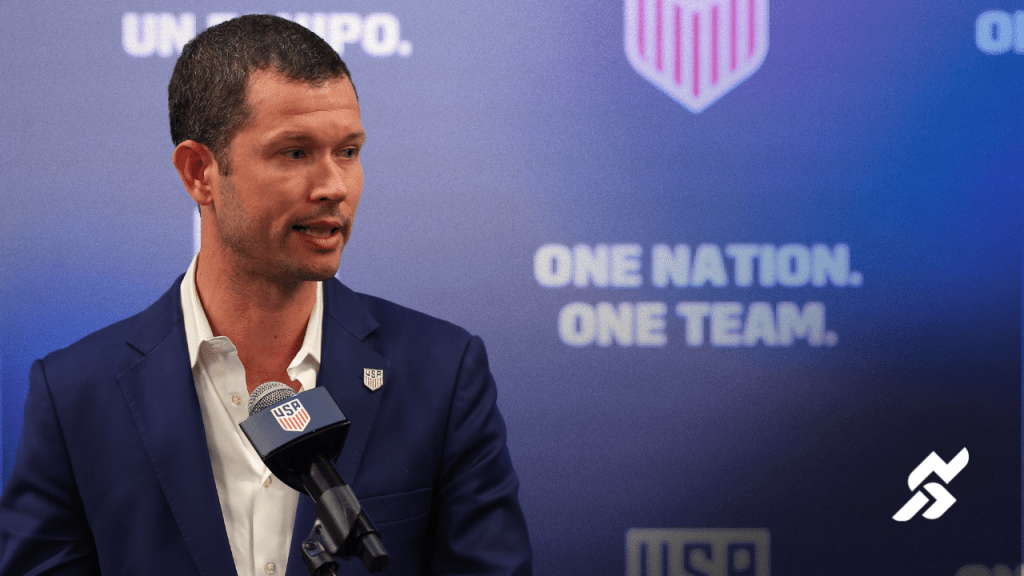On the same day the U.S. men’s national team laid a 4-0 egg against Switzerland in a friendly, getting booed off the field at halftime of a fourth straight loss Wednesday, U.S. Soccer laid a big bet: that the organization can transform the sport at the college level and create a world-class minor league. The juxtaposition was stark.
Off the field, U.S. Soccer is aggressively pushing boundaries. By this fall, the national governing body said, the newly formed NextGen College Soccer Committee will issue a “white paper” on a path forward for college soccer, which in the past 15 years has become an afterthought in terms of elite player development. U.S. Soccer’s plan is for at least some college programs to compete under a revamped format as early as next year, perhaps with a new year-round playing calendar, expanded commercial objectives and far tighter links to the national governing body.
On the field, the men’s national team is in a defensive crouch. Fans and pundits are on the verge of panic after a string of dismal performances just a year out from the 2026 World Cup on home soil. The USMNT opens play in the CONCACAF Gold Cup on Sunday against Trinidad and Tobago; the tournament will be the squad’s last competitive matches before the World Cup.
While the men’s team is struggling, U.S. Soccer is on a roll organizationally, raising millions of dollars from well-heeled corporations and billionaire donors, building a new national training center and headquarters in Atlanta, and pushing proposals to expand the game’s reach in the country. The governing body can also point to the women’s national team, which has regained its perch atop the global game since the hire of head coach Emma Hayes last year.
In an interview with Sportico, U.S. Soccer CEO JT Batson expounded on his organization’s ambitious goals for the college game.
“The best 18- to 22-year-old soccer players in America are opting to play professionally now, and that shows the growth of the American soccer market,” Batson said. “It also shows the opportunity around evolving around college soccer—that it can become the best U-23 league in the world.”
The college reform efforts, part of a U.S. Soccer “service to soccer” initiative, will involve both men’s and women’s soccer. Batson says the committee has yet to work out the details, but the death of college-sports amateurism in the wake of NIL reforms and the House antitrust settlement will drive their discussions.
The potential for players to make money from NIL and revenue-sharing “is part of the reason why the folks from the pro leagues and some of the folks who own pro clubs think college can be a positive pathway for elite players,” Batson said. “But it’s going to require some changes, and that’s the heart of the work that everyone’s focused on.”
Existing college infrastructure, the chance for an education and the opportunity to make some money might be attractive to players who aren’t signed to million-dollar contracts with top clubs as teenagers. There may even be the possibility of MLS, NWSL or USL franchises using college squads as farm teams—which have become an area of interest for investors.
While player development is a focal point, commercial interests are also driving the moves.
“Most of the commercial energy and effort in college sports has been focused on football and men’s basketball,” Batson said. “There’s nobody waking up thinking about how to drive revenue at any sense of scale for college soccer. And we think there are opportunities, if you look at this as a nationwide platform, to be able to drive new commercial value in a way the prior model didn’t allow for.”
Such opportunities exist with media rights, for example, which Batson says are often “fragmented and highly localized” in college sports.
With more than 200 men’s and 300 women’s teams already in Division I, the sport could offer untapped national and regional sponsorship possibilities, especially with a year-long season and more talented players on rosters.
Speaking of players, any new format would likely include a geographical reorganization of competing teams. Recent conference realignments have led to “players living on planes,” Batson said. “From a student-athlete welfare standpoint, you have a lot of college leaders who believe we have to end up with more regional models than we have today.”
A huge hurdle will be the NCAA rulebook, which right now restricts pay-for-play, practice time and the length of the season. Changing that rulebook through the NCAA’s legislative process has historically been a glacial process.
Batson says the tumult in college sports gives soccer a chance to present a test case for a new era. “We’ve been in direct conversations with college presidents, with conference leaders, who are all very excited about soccer being able to help lead to a future model for a broad set of college sports. Everyone recognizes that status quo has its challenges,” and there’s been “an evolution of how college sports is thinking about its own governance and its own rules.”
When word leaked about U.S. Soccer’s nascent reform proposals presented to college coaches over the winter, the pitch was seen as a national governing body-sponsored “breakaway” of the college game from the NCAA.
As Sportico reported, early discussions included the Big Ten and ACC, who might form the basis of an experimental test conference. That prompted others in the sport to wonder whether successful mid-major programs such as national champion Vermont, along with fellow Final Four teams Denver and Marshall, might be shunted aside.
Batson emphasized that U.S. Soccer is “very agnostic as we start this process as what the future of governance model should be, and who is the quote-unquote organizer of the competitions. There’s so much change going on in college sports, we’re happy with any positive outcome that leads to more opportunities for players and coaches to develop. We don’t start with a preconceived notion of what that should look like.”
Though Batson didn’t say this, others in the sport have postulated that the new model could range from continued NCAA governance to an entity that eventually splits off completely from the association.
“We’ve been doing a whole body of work around this at U.S. Soccer with all of our stakeholders for quite some time now, and one of the things that bubbled to the top of the priority list was, ‘What does the next generation of college sports look like, and college soccer in particular?’” Batson said. “Conceivably, the right thing for year one may be different than a future state of things.”
